To extricate himself from the monumental series of Grey on Grey paintings that had preoccupied him from 1967 to 1969, the Quebecois abstract artist Yves Gaucher (1934–2000) had to rethink the fundamentals of his art: “blow it all up and think—pick up the pieces and examine them one by one, save what was worthwhile and throw away what wasn’t anymore and start again.” Step by step over the next several years the white lines of his earlier work disappeared. Pale greys were replaced by more self-assertive hues. Two Blues, Two Greys, in sheer scale and apparent simplicity of construction, is the masterpiece of this phase of Gaucher’s work.

Yves Gaucher, Two Blues, Two Greys, 1976
Acrylic on canvas, 289.6 x 487.7 cm, Montreal Museum of Fine Arts
With Two Blues, Two Greys Gaucher established a new direction in his painting. Its four colours do not work together easily: each is differently weighed and measured. Indeed it is as if by heroic willpower that the work comes together into a magnificent whole. Gaucher was interested, not in the declaration of individual colours, but in how colours behaved in dialogue with one another. By not equalizing the width of his bands, he retained form as a container for colour, keeping both container and contained in constant visual play.
Gaucher composed paintings like this by performing a series of successive moves, juggling his shifting variables. An adjustment in the colour or hue of a single band called for readjustments in the other three; each move required an assessment and reassessment. He often tried out alternative solutions on paper or smaller canvases until finally the painting was perfectly “tuned” and each band in concert with the whole.
This Spotlight is excerpted from Yves Gaucher: Life & Work by Roald Nasgaard.
 Stitching the Archives
Stitching the Archives
 A Working-Class Hero
A Working-Class Hero
 Imagining Entangled Futures
Imagining Entangled Futures
 Bridging Far and Near
Bridging Far and Near
 Soft Power
Soft Power
 Imagining Emancipation
Imagining Emancipation
 A Priceless Portrait
A Priceless Portrait
 Meditation in Monochrome
Meditation in Monochrome
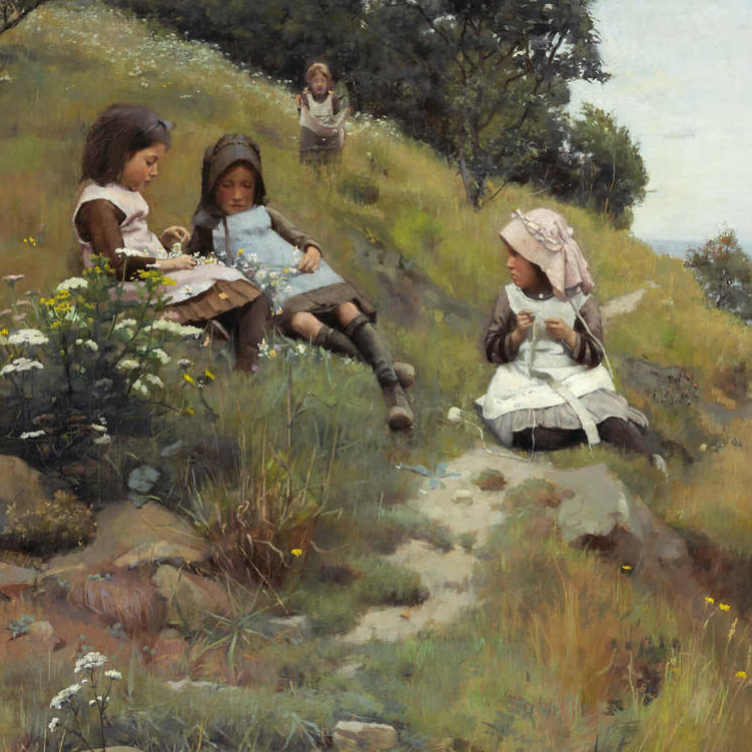 Making His Mark
Making His Mark
 Honour and Sacrifice
Honour and Sacrifice
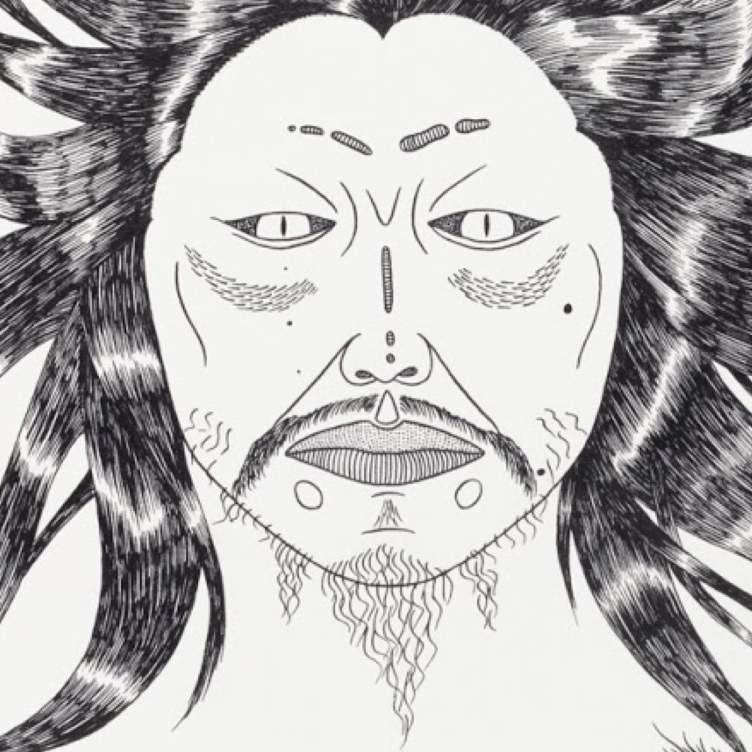 A Monstrous Vision
A Monstrous Vision
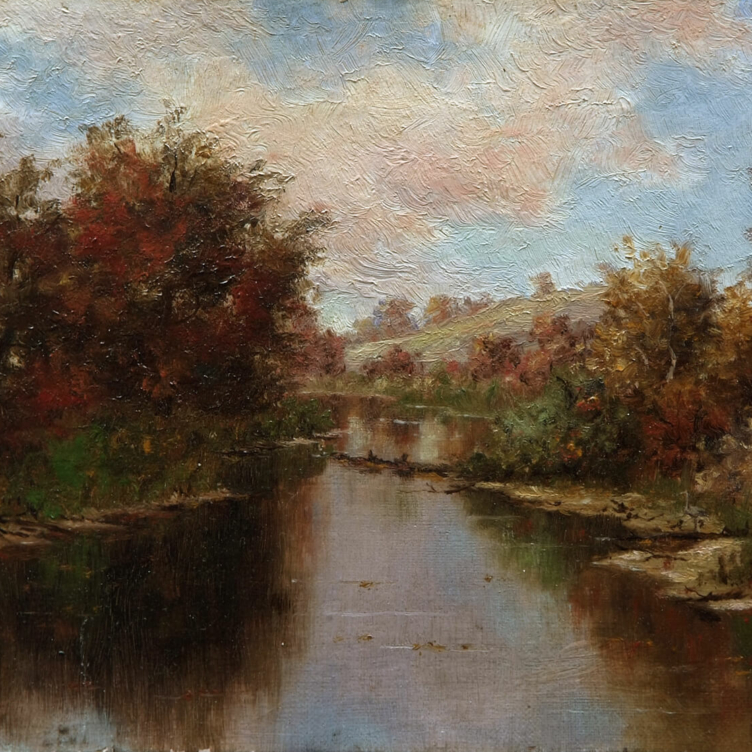 Remote Beauty
Remote Beauty
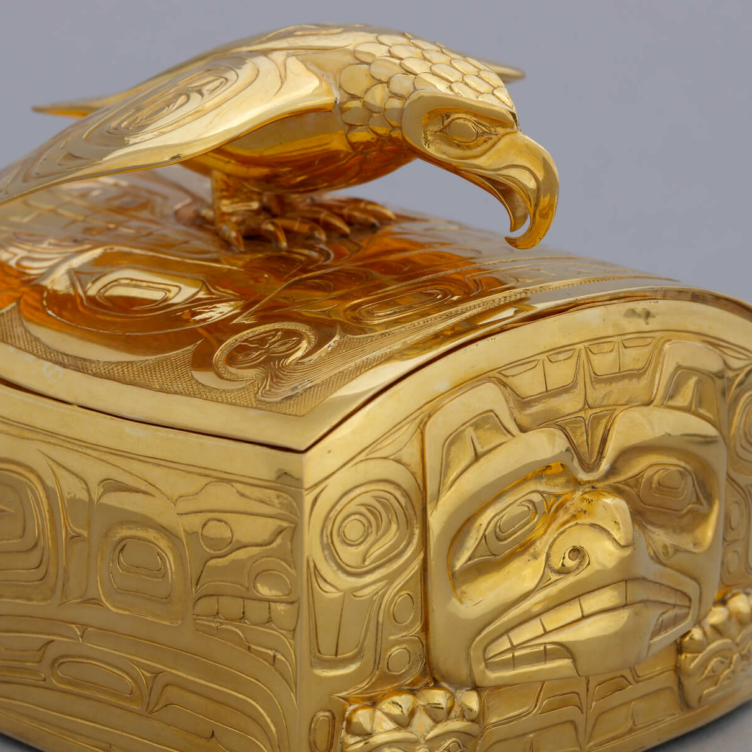 Pride and Resistance
Pride and Resistance
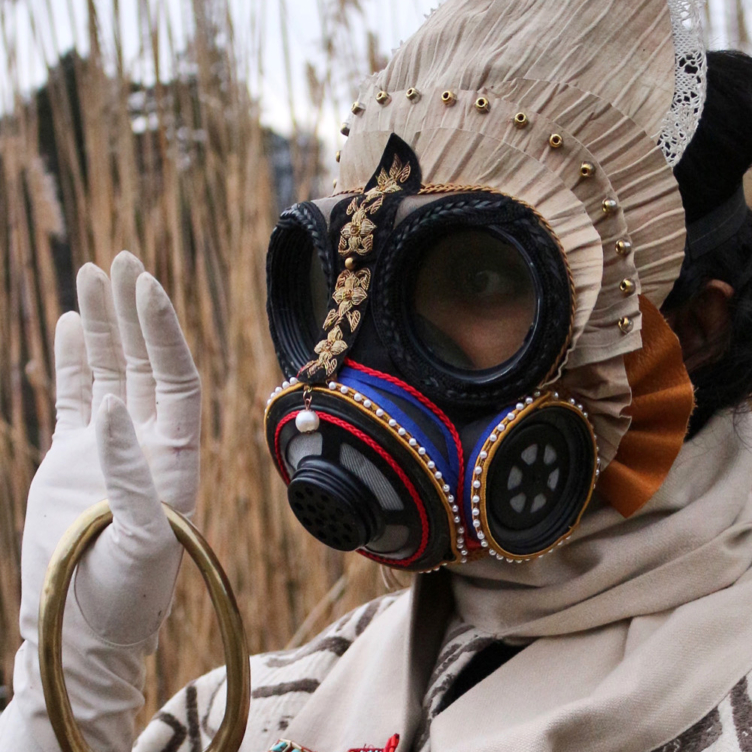 Dressed for Danger
Dressed for Danger
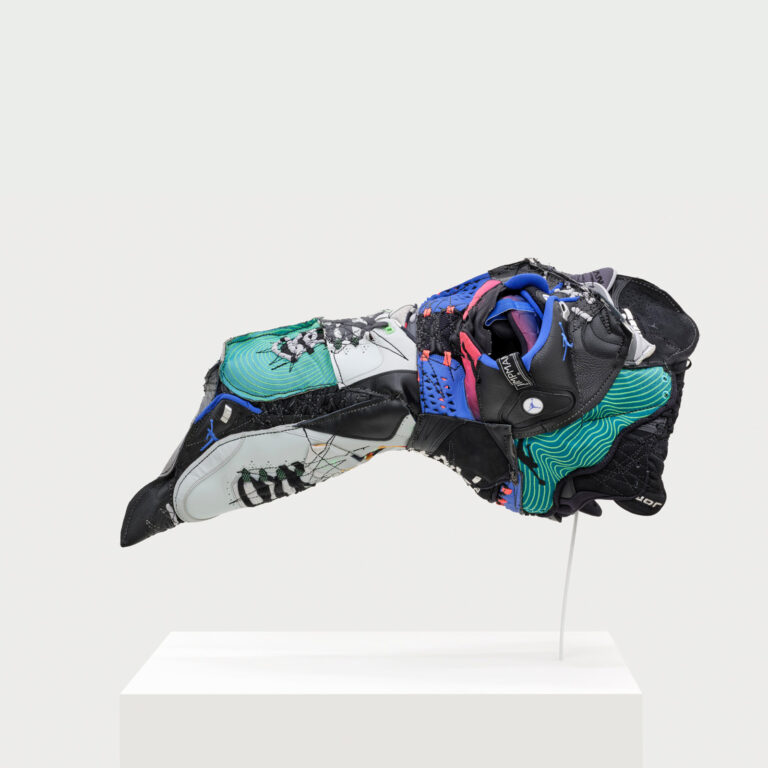 Masks from the Past
Masks from the Past
 Lessons from the Land
Lessons from the Land
 A Cultural Hero
A Cultural Hero
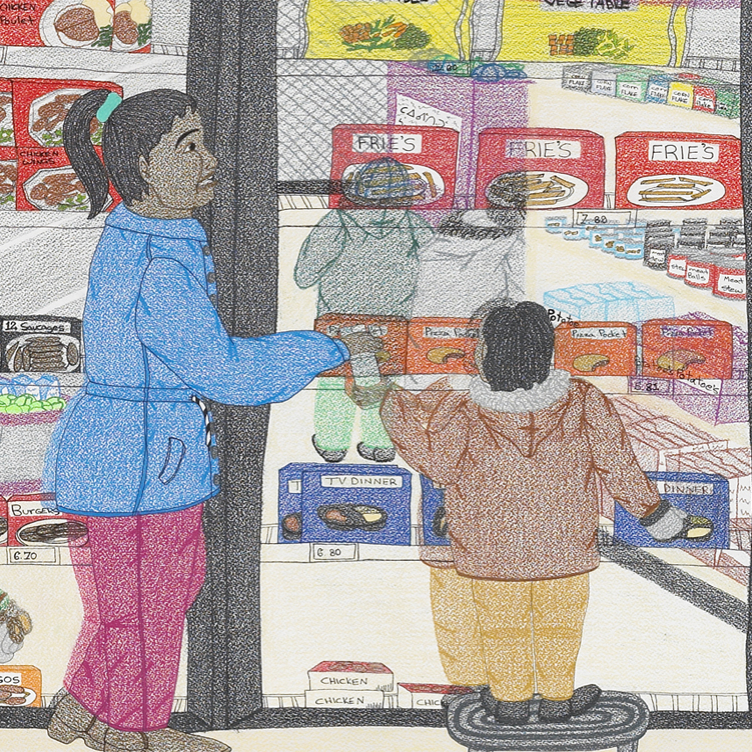 Food for Thought
Food for Thought
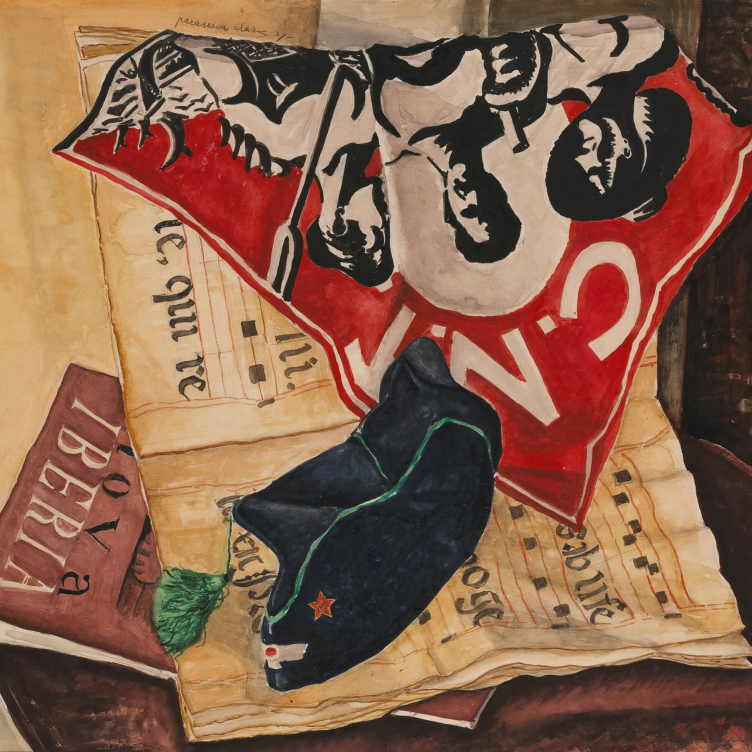 A Passion for Activism
A Passion for Activism
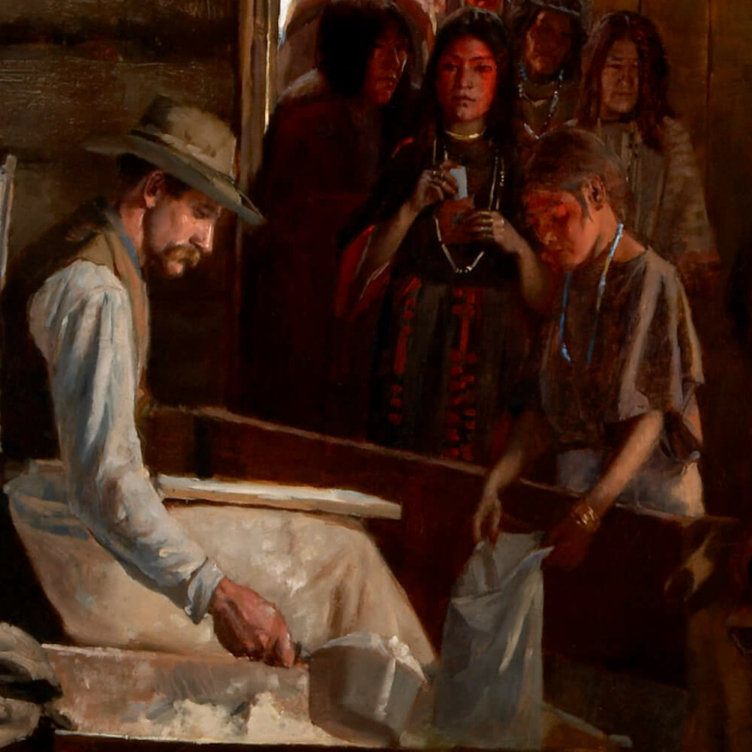 Starvation and Scandal
Starvation and Scandal